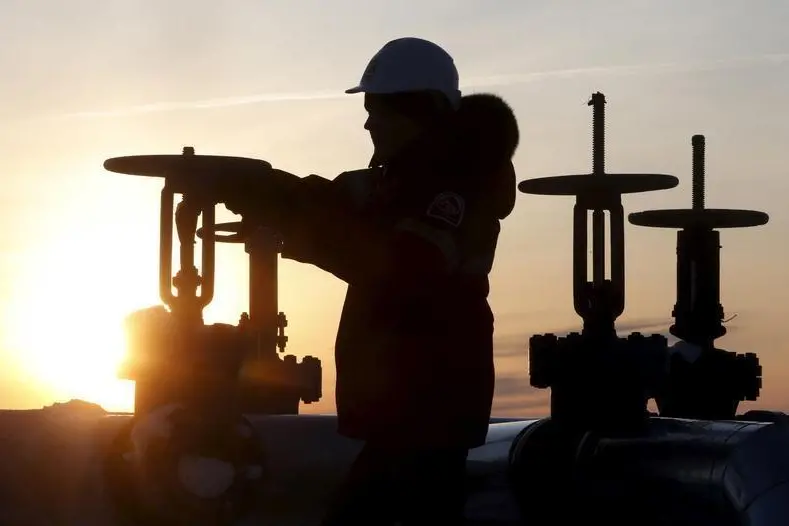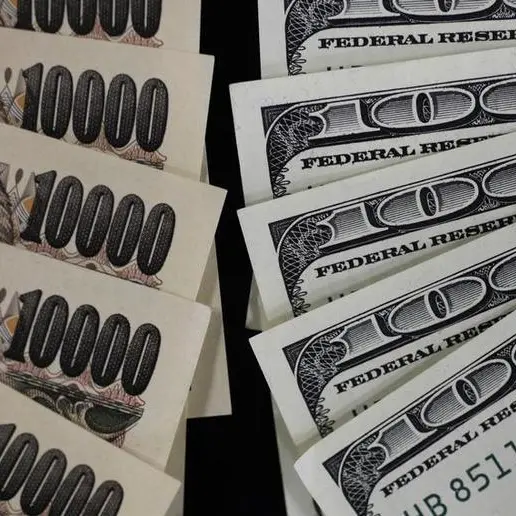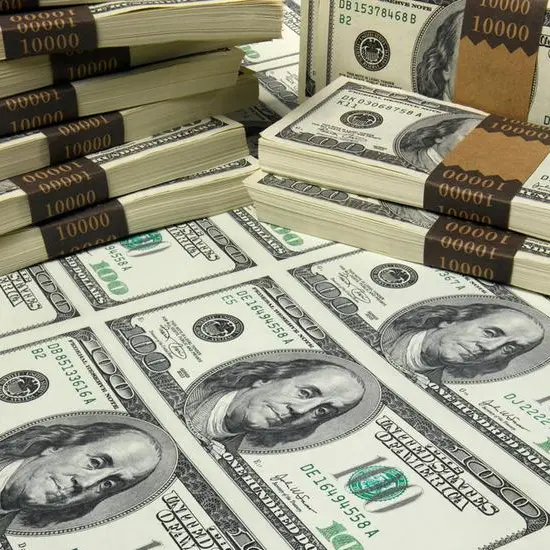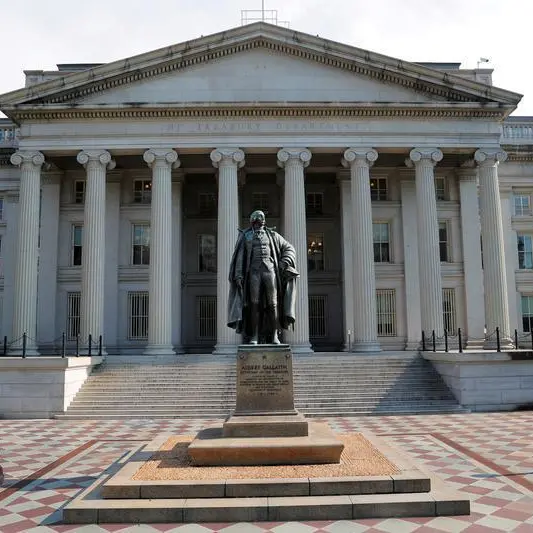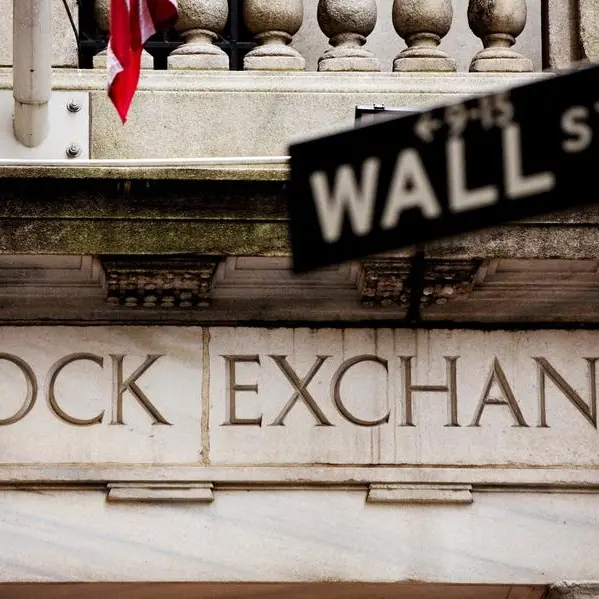PHOTO
LONDON - Portfolio investors are increasingly bullish about oil as Saudi Arabia and its OPEC⁺ allies restrict production in the face of rising demand and the shadow war between Israel and Iran spills into the open.
Hedge funds and other money managers purchased the equivalent of 37 million barrels in the six most important petroleum-related futures and options contracts over the seven days ending on April 2.
Funds have been purchasers in 10 of the last 16 weeks, buying the equivalent of 446 million barrels since the middle of December, according to reports filed with exchanges and regulators.
As a result, the combined position has soared to 653 million barrels (63rd percentile for all weeks since 2013) from a record low of 207 million on Dec. 12.
Chartbook: Oil and gas positions
Funds have already become bullish about Brent, with a net position of 300 million barrels (69th percentile) and bullish long positions outnumbering bearish shorts by a ratio of 5.27:1 (62nd percentile).
There is more caution about the outlook for U.S. crude prices given continued output growth from shale, with a net position of 208 million barrels (38th percentile) and a long-short ratio of 3.93:1 (48th percentile).
Even in U.S. crude, however, the combined position in NYMEX and ICE WTI has surged from a record low of 31 million barrels on Dec. 12.
Saudi Arabia and its OPEC⁺ allies have extended their production cuts until the end of the second quarter, lifting Brent prices to their highest for more than five months.
Brent’s six-month calendar spread has moved into a backwardation of more than $5 per barrel (96th percentile for all trading days since 2000) from a contango of 70 cents (37th percentile) on Dec. 13.
Economic data shows renewed growth in manufacturing across the United States, China and even in Europe, which will boost consumption of middle distillates such as diesel and gas oil.
At the same time, the undeclared conflict between Israel and Iran has intensified after Israeli warplanes last week attacked an Iranian diplomatic building in Damascus killing several officers from the Islamic Revolutionary Guard Corps.
Iran’s threat to retaliate has increased the probability of an escalation that could disrupt oil production facilities and tanker routes around the Persian Gulf, boosting prices and spreads.
U.S. NATURAL GAS
Investors made few changes to gas positions for the fourth week running, after an earlier buying surge in late February and the start of March occasioned by the announcement of production and drilling cuts fizzled out.
Hedge funds and other money managers trimmed their net short position to 332 billion cubic feet (24th percentile for all weeks since 2010) on April 2 from 1,675 bcf (3rd percentile) on Feb. 20.
Working gas stocks were 629 bcf (+39% or +1.36 standard deviations) above the prior ten-year average on March 29 up from a surplus of just 64 bcf (+2% or +0.24 standard deviations) at the start of winter on Oct. 1.
Gas drilling activity has started to decelerate after futures prices fell to the lowest levels in real terms for more than three decades in February and March.
The number of rigs drilling primarily for gas had fallen to just 110 on April 5 down from 121 seven weeks earlier and the lowest for more than two years.
Reduced drilling should reduce production rates towards the end of the year and help rebalance the market, but it will take time to erode the enormous overhang of inventories inherited from the mild winter of 2023/24.
After trying and failing to identify a turning point three times over the last 12 months, fund managers have become cautious about the timing of any sustained price recovery.
John Kemp is a Reuters market analyst. The views expressed are his own. Follow his commentary on X https://twitter.com/JKempEnergy
(Editing by Barbara Lewis)
